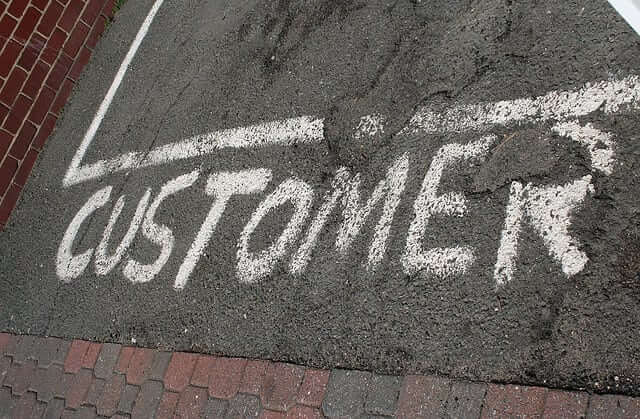Headlines and articles on the topic of Customer Experience are everywhere – and for good reason. In their 2014 Quarterly Digital Intelligence Briefing, eConsultancy declared that “customer experience is the single most exciting opportunity for 2014.” A recent study by Forrester and Harvard Business Review found that ONLY:
- 8 percent of customers feel GREAT about their experience despite the fact that 80 percent of businesses state they offer a GREAT customer experience
- 53 percent of organizations measure customer experience
- 21 percent relate customer experience to business outcomes
- About a third review their customer experience metrics regularly
So, unless you work in one of the rare organizations with customers who rate their experience as great, improving customer experience truly is an opportunity to increase your competitive advantage.
Seizing this opportunity starts with defining customer experience. The Wiki for Customer Experience (CX) defines CX as “the sum of all experiences a customer has with a supplier of goods and/or services, over the duration of their relationship with that supplier. This can include awareness, discovery, attraction, interaction, purchase, use, cultivation and advocacy.” Essentially, customer experience is the entire experience through which we satisfy customers’ needs and create value.
The 13th annual Marketing Performance Management Study (2014), reported that Best-in-Class (BIC) marketing organizations are value creators. Value creators see Marketing as the umbrella organization for understanding and improving the customer experience for their organizations. In their quest to achieve market leadership , they employ these four best practices:
- Connect customer experience and associated metrics to business outcomes
- Map key customer touchpoints and identify potential breakpoints
- Capture perception and expectation data for each interaction point
- Develop systems, tools, processes, skills and content to deliver a differentiated experience
This article provides how-to’s for the first two practices: 1) Connecting Customer Experience and Business Outcomes, and 2) Mapping Touchpoints and Breakpoints.
Customer Experience and Business Outcomes
Clearly, you can’t achieve business outcome goals such as market share, category ownership, and customer lifetime value, without addressing customer experience. Repeat purchase, advocacy/referrals, faster adoption rates for new products/services, brand preference, and increased footprint/share of wallet among customers are also dependent on offering and providing a great experience. Best-in-Class marketing organizations understand that impacting and contributing to these business outcomes is affected as much by what happens “after the sale” as what happens “before the sale”. They think beyond the buying process and customer acquisition working from specific quantifiable targets for outcomes and create measurable marketing objectives associated with customer retention and growth.
Touchpoints and Breakpoints
Achieving outcomes and owning objectives and metrics requires a customer-centric view of the entire experience. Best-in-Class marketers either drive, or participate in, the process of matching touch points and potential breakpoints (crucial interactions that determine whether the customer becomes or remains loyal) across the entire customer experience. This includes awareness and discovery to contact and interaction, from consumption to usage, and from cultivation and advocacy to community. Mapping the customer experience is something every organization can do. It will take work and you will want to validate the map with customers; the good news is that this provides you with a great opportunity to interact with your customer advisory board.
Here are five steps to help you get started:
- Start with the universal touch points that can be applied across all your customers. You can create more specific experience maps as time goes on.
- Make a list of all the touch points, especially those that serve as breakpoints. For each touch point write a description, method of interaction, and customer expectation. This work may require you to involve many people from across the organization. We recommend holding working sessions and conducting interviews to capture and incorporate the expected and actual emotional, experiential, and functional experiences for each touch point. From this work you will be able to capture perception and expectation data for each interaction point.
- Document your learnings then produce a visual illustration of your map organizing the touch points into a workflow. Use the “map” to identify areas working well and those that need improvement. Focus on those areas that are known as “moments of truth,” or the breakpoints.
- Build a plan to address James Allen’s “Three D’s,” the key factors that he believes enables organizations to offer an exceptional customer experience:
- Design the correct incentive for the correctly identified consumer, and offer it in an enticing environment.
- Deliver the proposed experience by focusing the entire team across various functions.
- Develop consistency in execution.
- Create customer –relevant content for each touchpoint based on what you learned in the first four steps.
With more touchpoints, more competition, shorter product lifecycles, and greater price transparency than ever before, customer experience expectations are continually changing. So, improving the customer experience must be an ongoing process and developing the right processes provides high return on investment for companies of all sizes.
Photo Credit: rachaelvoorhees (CC BY 2.0)

